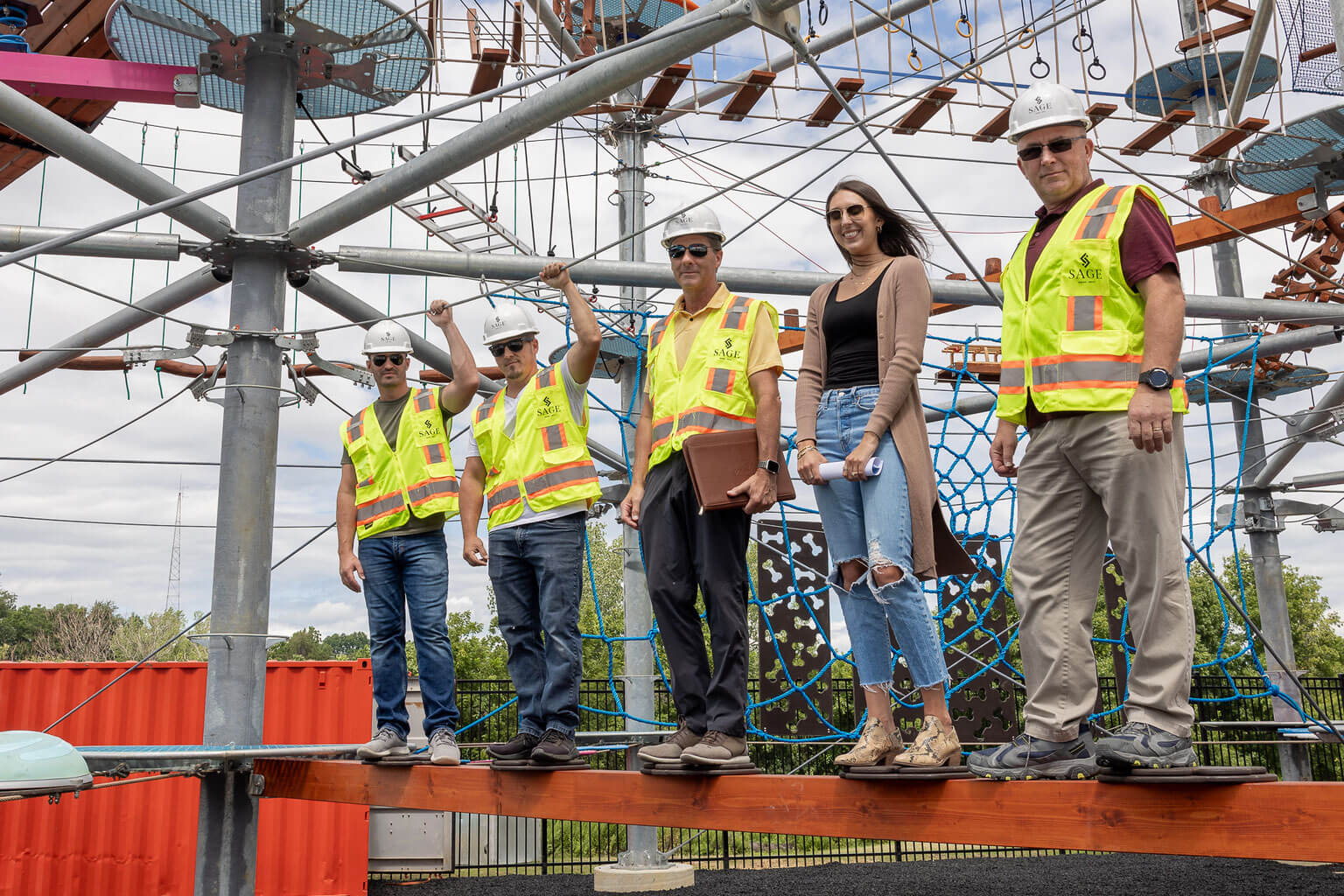Materials Shortage Challenges Construction Industry
View All News
06/04/21
Supply-chain disruptions and price spikes have significantly impacted the construction industry over the past few years, and 2021 was no different. In this article, our President, Joe Landrigan, explains how SAGE Design-Build managed rising costs and material shortages—offering transparency and creative solutions to help clients keep their projects on track. Below is the full piece from Lehigh Valley Business.
Original Article: Lehigh Valley Business
Stacey Wescoe / June 4, 2021
Shortages of materials such as lumber, steel and concrete are impacting the construction industry across the board, and Joe Landrigan, president of Sage DesignBuild, a construction management services firm in Allentown, said it’s no different for his firm.
Shortages have caused time delays on projects, as construction managers await materials.
The National Home Builder Association said reports of material shortages are at their highest point since it started tracking the statistics in the 1990s. The association reported that 90% of home builders surveyed said there was a shortage of plywood, and 87% said there was a shortage of windows and doors, according to a May 2021 survey for the NAHB/Wells Fargo Housing Market Index (HMI).
There has also been a major impact on price. Lumber has skyrocketed more than 300% in the past year, the NAHB said, with prices peaking at above $1,600 per 1,000 square board feet.
There are shortages of everything from copper pipe and PVC, to acoustic ceilings and drywall, Landrigan said.
The sharp spike in prices has put many of the company’s projects on hold, Landrigan said.
“A customer may have a project they were looking to do they’re putting the brakes on, waiting for more price stability,” he said.
In many cases that’s a good decision because most of the cost pressure is being driven by a temporary shortage caused by the COVID-19 pandemic. “I think it’s a reasonable expectation that prices will be lower in six months,” he said.
From a construction design standpoint the lack of availability and higher prices causes challenges. When Landrigan gets bids from subcontractors he normally has a price guarantee that’s good for a number of months. “Now you’ve got 24 hours to make a decision. There’s no price guarantees,” he said. And even if there is a guarantee it’s inflated to meet expected price spikes and isn’t a good value.
So what does he do?
“From a design standpoint we have to look at some alternatives,” he said.
For example, if plywood is not available or is too expensive, and the material is not going to be visible, he might substitute particle board without decreasing the quality. He looks for different ways to accomplish the task. He recently looked at alternative materials for lockers for a school project he’s working on because the cost of the traditional style was too high.
Others in the industry are making similar changes. He said electricians, for example, are now sometimes using aluminum conduits instead of the usual steel to cut down on costs and construction delays.
Projects that are already underway are mostly safe from the dramatic material shortages and price spikes, Landrigan said, because most of those were already sourced out before the problem began.
“It’s sort of going forward where there’s a question,” he said.
He said the most important thing he can do for clients right now is to be transparent about the situation.
“They rely on us to source things economically,” he said.
He said letting a client now what the cost, delays and unpredictability will be is important to helping them make a decision on how they are going to move forward on a project.
“We will eventually get through this. It’s just a matter of when,” he said.
New Salon’s Design Adds a Little COVID Comfort
Lehigh Valley Business Construction & Real Estate Power 30 List 2021


